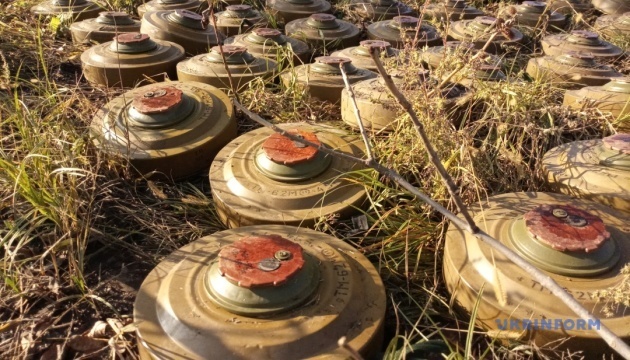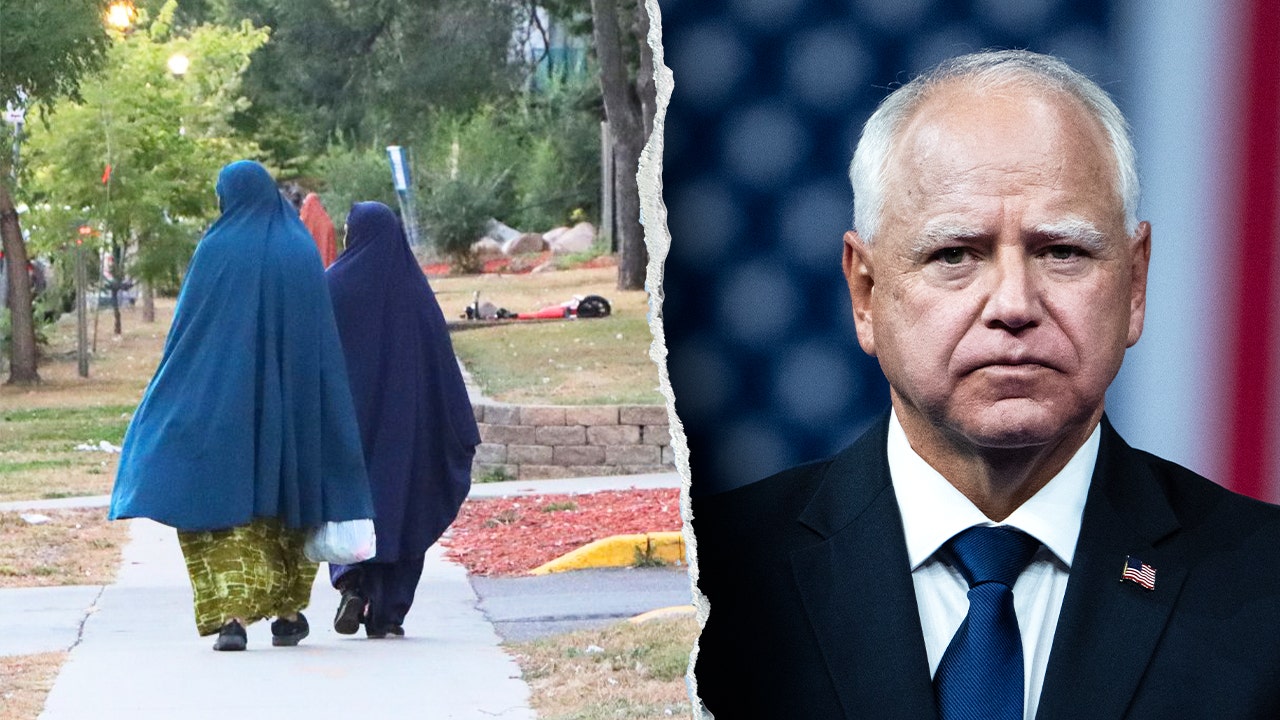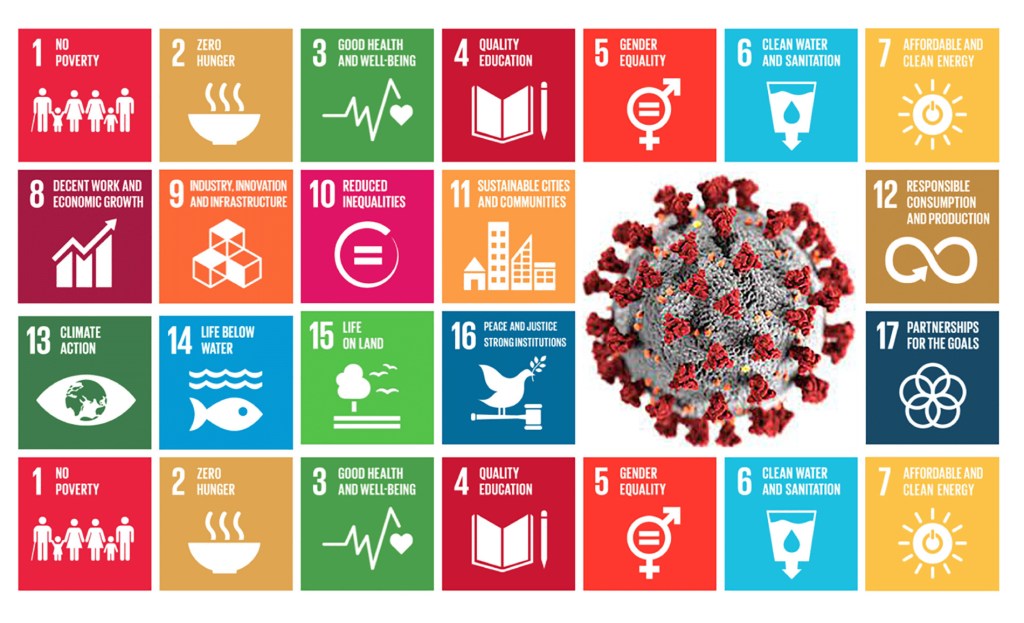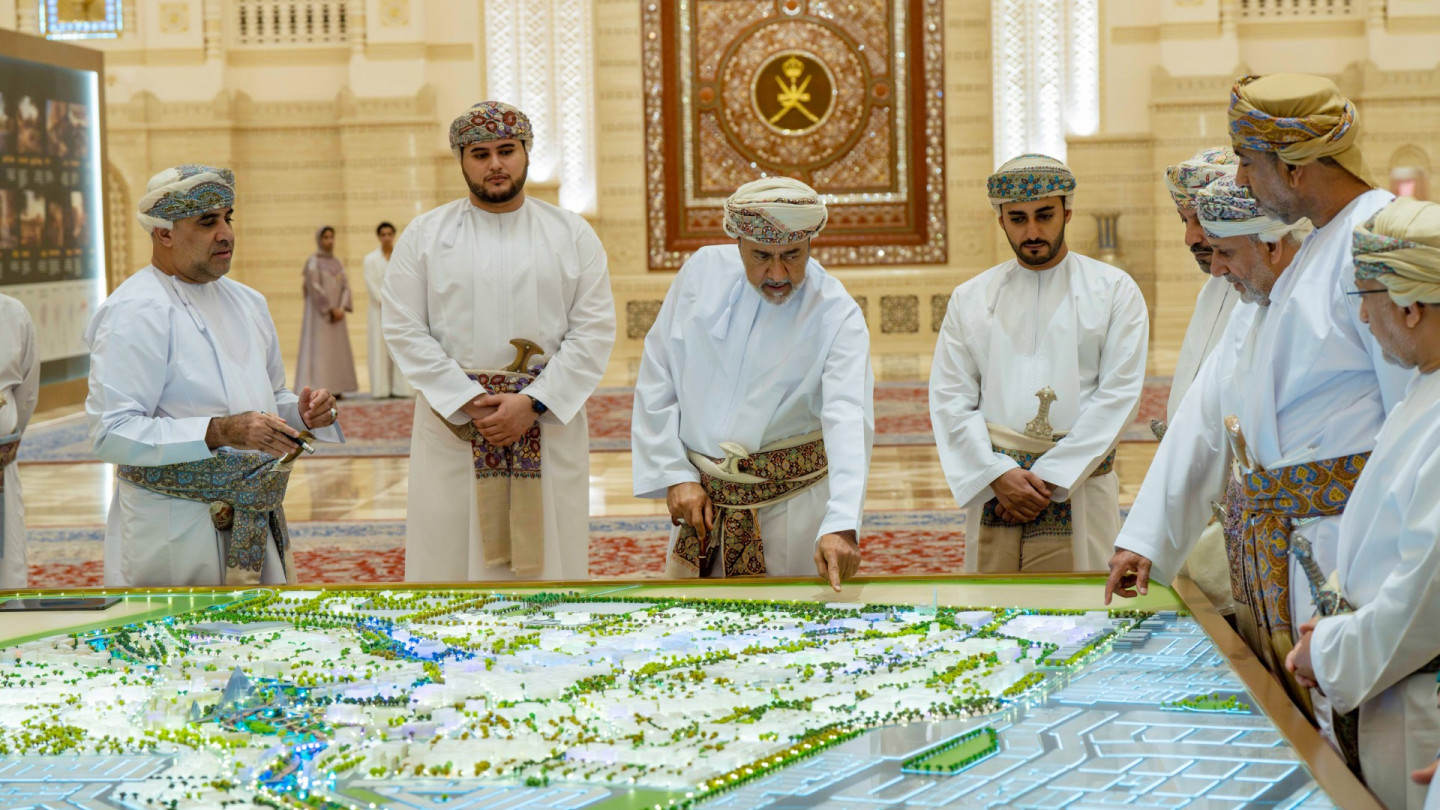Solutions to Poverty that Actually Work
Learn how Concern USA highlights innovative solutions to combat poverty, focusing on education, healthcare, and economic empowerment. By fostering community engagement and sustainable practices, these initiatives aim to break the cycle of poverty and create lasting change, ultimately enhancing livelihoods and fostering resilience in vulnerable populations.

Last year, the United Nations announced that the world is “nowhere near” meeting the Sustainable Development Goals, a series of humanitarian targets to reach by 2030. This includes the number one goal: “End poverty in all its forms everywhere.”
However, that doesn’t mean that we can’t end poverty. Every day, countless initiatives, interventions, and projects are led by Concern, our partners, and the communities we work with that help thousands of families break the cycle of poverty, once and for all. Here are nine solutions to poverty that actually work.
1. Foster equality
One of the main causes of poverty is inequality — the systemic barriers that lead to groups of people going without representation in their communities. For a community or country to work its way out of poverty, all groups must be involved in the decision-making process — especially when it comes to having a say in the things that determine your place in society.
One key example of this is gender equality. According to the UN, the cost of women’s unpaid labor adds up to $10 trillion per year. That’s 13% of the global GDP. In parts of Africa and Asia, women own less than 20% of agricultural land, yet make up 60% of the agricultural workforce. Former FAO Director-General José Graziano da Silva said in 2016 that “women are the backbone of our work in agriculture… when women have opportunities, the yields on their farms increase – also their incomes. Natural resources are better managed. Nutrition is improved. And livelihoods are more secured.”
Gender is just one of the many inequalities, and many people face more than one form of marginalization at a time. While correcting these inequalities won’t be a solution to poverty in and of itself, it’s essential to every other solution we work towards.
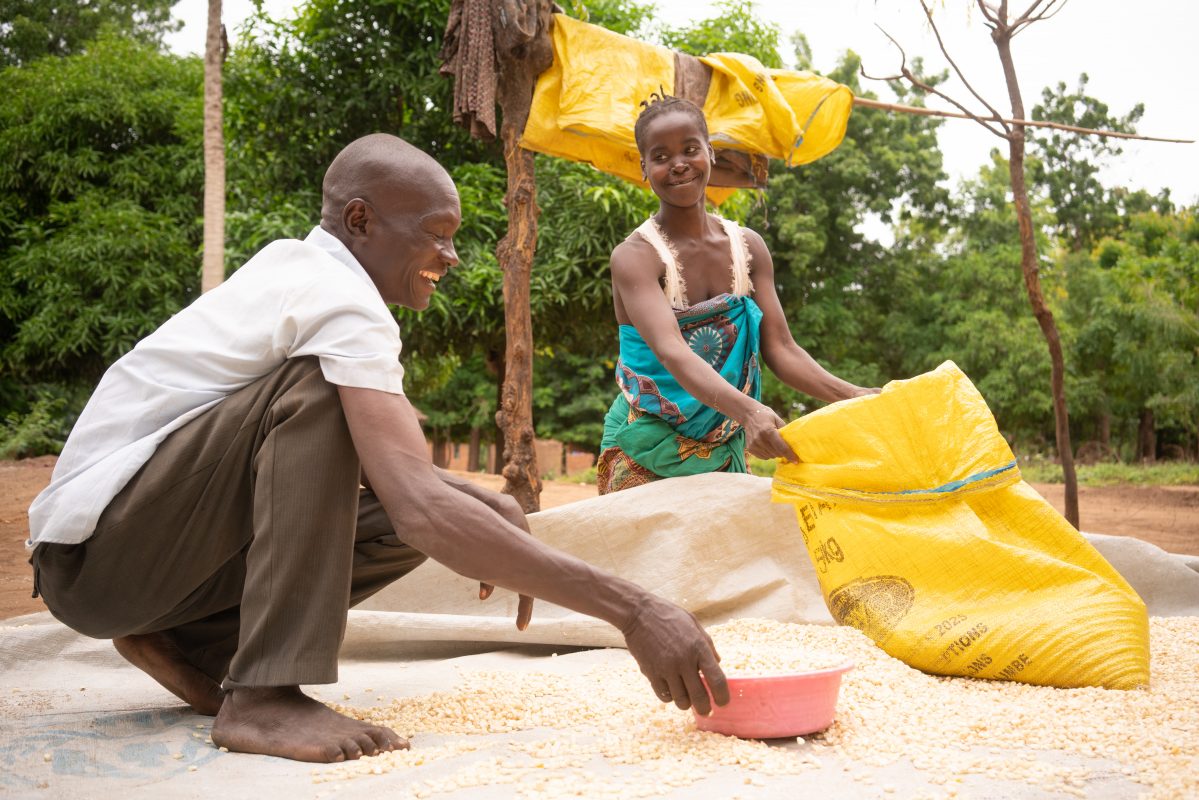
2. Build resilience
Poverty is most likely to occur when there is a high combination of inequality and risk. In this case, risk being the hazards a person or a group faces, combined with their level of vulnerability within a community.
For instance, the Democratic Republic of the Congo has suffered decades of ongoing conflict. Millions of Congolese have been displaced to temporary camps and shelters, and still face the threat of violence. Those hazards are compounded when you take into account other crises currently affecting the country, and are even greater for internally-displaced women and children, as well as the elderly and disabled.
This is why emergency and humanitarian responses are key to fighting poverty in fragile contexts such as the DRC. With health and nutrition emergencies, such as the protracted hunger crisis in the DRC or the rising cholera epidemic in the country, we work to ensure that communities (and especially the most vulnerable members of each community) have the resources they need, including food assistance, cash transfers, and medical care, as well as longer-term development solutions that help build resilience — giving even displaced communities the material and financial safety nets they need to handle uncertain situations.
3. Focus on communities most affected by the climate crisis
When we talk about “resilience” in the context of Concern’s work, more often than not we are speaking about climate resilience. According to the World Bank, climate change could force an additional 100 million people into extreme poverty over the next decade without any urgent action taken. Climate resilience comprises a series of responses to climate change that help the communities most affected by the crisis to weather the storms (and every other weather event that may threaten their safety and way of life).
At Concern, many of the communities where we respond to the climate crisis are affected largely through agriculture and pastoralism, which they rely on for both their livelihoods and food. Solutions like Climate Smart Agriculture are proven to help farmers adapt to the changing ecosystem on their land and improve both the quality and quantity of their harvests. Early warning/early action (EWEA) and other disaster risk reduction strategies help communities avoid excessive loss and damage when a disaster hits.
According to UNESCO, if all students in low-income countries had just basic reading skills (and nothing else), an estimated 171 million people could escape extreme poverty. If all adults completed secondary education, we could cut the global poverty rate by more than half. Education develops skills and abilities, corrects some of the inequities that come from marginalization, and decreases risk and vulnerability.
Some of the key areas of focus for making sure that education is truly for all involve breaking down the barriers to education — creating access in remote areas and supporting teachers in their work to deliver quality education. We also ensure that education is available to children living in fragile contexts, which often adapts to the events that they’ve faced (such as violence, conflict, and displacement) to ensure that they have the proper psychosocial support to really learn, rather than fall behind.
Poverty is fueled by inequality, vulnerability, and hazards, and hunger is a driving force behind vulnerability. When a person doesn’t have enough to eat, their immune system is more easily compromised, they don’t have the physical or cognitive strength to make it through the day, and they often lack enough energy to work. This creates a vicious cycle between poverty and hunger.
Stark evidence now demonstrates the enormous scale of nutritional issues in low-income countries, as well as their human and financial costs. As a result, Concern — along with many other NGOs and governments — has made an unprecedented commitment to prioritizing nutrition in the fight to end poverty. Many of our livelihood programs also include nutrition components, such as our recent work in Ethiopia and Kenya with Lifesaving Education and Assistance to Farmers. Getting the right amount of calories and nutrients every day can go a long way to ending poverty.
Like hunger and malnutrition, contaminated water can lead to debilitating illnesses. What’s more, over the last 20 years, the lack of safe drinking water and basic sanitation has gone up — from affecting 197 million people in 2004 to 211 million people in 2024. This adds up: The waterborne illnesses that result from this shortage contribute to 1.4 million deaths per year, as well as 50% of global malnutrition.
The link between improved water access and declining poverty rates goes beyond health. When communities have better access to safe and clean water, those who often spend their time collecting water from further away will have more time to spend on other, more meaningful pursuits. Water is also an issue of gender equality: Current estimates suggest that women and girls collectively spend 200 million hours every day walking long distances to fetch water.
One of the knock-on effects of nutritional or waterborne diseases is that the most vulnerable people — people who are often more likely to get these illnesses in the first place — usually lack affordable and quality healthcare options, both for treatment and preventative care. This is also true for people who sustain injuries that may prevent them from working.
What’s more, maternal health is a huge link in the chain of how we end poverty. Pregnant people need regular checkups and more nutritional care to ensure that their child is born with the best possible future for their health and development (malnourished mothers often pass that on to their unborn child). Concern helps to train local healthcare workers who in turn work within their communities, monitoring childhood nutrition, and providing health demonstrations. We’ve also found mobile clinics to be an effective way of providing regular care in hard-to-reach communities, whether they’re in the remote Lake Chad Basin or on one of Bangladesh’s many islands.
While estimates around data for the country vary, Syria’s poverty rate has increased from approximately 12% in 2007 to 83% in 2019. On the other hand, the end of conflict in Cambodia helped to grow its middle class: The country’s poverty rate dropped from 47.8% in 2007 to 13.5% by 2014.
Ending all wars and conflicts is a tall order, but conflict is one of the biggest contributors to poverty, and ending poverty will ultimately become a political issue and part of a larger peacekeeping mission.
Cambodia’s transition from wartime to peace included the repatriation of over 300,000 refugees. This could have been a disaster, placing a strain on resources and creating financial dire straits. One of the reasons the transition was so smooth, however (and one of the reasons that Concern worked itself out of a job in Cambodia) was cash and credit.
Concern worked with many Cambodian returnees and local governments to establish a microfinancing model in the country, including village savings and loans and cash transfer services. People were able to get the tools and resources they needed to rebuild their lives and homes, without falling into further debt due to high interest rates. Between 1998 and 2018, Cambodia’s economy grew by an average of 8% each year, and its middle class began to flourish. This is an example of how Concern was able to hand over its programming entirely to local partners to continue the work to end poverty.
While the traditional image of humanitarian aid may be crates of supplies like food, water, and tents, distributing cash has become more common. It’s cheaper and faster to get into a country, gives its recipients the autonomy to make their own purchasing decisions, and supports local and national economies. Sometimes, a small startup grant (even as small as $100) is all it takes to help a family living below the poverty line to launch a new business, while keeping on top of their bills and keeping their children fed and in school.
Ultimately, this is the theory that underscores all of our solutions to poverty: Help people get the resources they need to offset risks and work with communities to reduce the inequalities and vulnerabilities that many of their members face, so that when emergencies strike, they aren’t left further behind.
At Concern, we work to sustainably end poverty by addressing inequality and risk, tailoring solutions that support the specific forms of inequality and vulnerabilities faced within each community.
Equality, particularly gender equality, is a pivotal part of all of our programs, and we work with community members and leaders to question and challenge the underlying assumptions that perpetuate equality gaps while designing solutions that accommodate people of all genders, levels of ability, ages, races, social status, and more. We aim for equality of outcomes, not equality of inputs.
From there, we look at the specific risks and conditions that cause poverty in a specific country, region, or community. Often our solutions to poverty work with families to build livelihoods that include more than one source of income. We mentor program participants and train them on business management, marketing, bookkeeping, and other essential skills. We also provide cash grants and help to establish local Village Savings and Loans Associations (and other similar committees) to help create community safety nets.
What we have found through more than 55 years of work is that the communities and individuals we work with already know what they want to do, they just need a few resources to make it happen. We provide those resources, along with some sustainable means of keeping them up long after we’re needed.
4. Increase access to education

5. Improve food and nutrition security

6. Increase access to clean water, sanitation, and hygiene services

7. Provide quality and affordable healthcare for all

8. Achieve lasting peace
9. Give people cash

Concern’s work to end poverty
What is Your Reaction?
 Like
0
Like
0
 Dislike
0
Dislike
0
 Love
0
Love
0
 Funny
0
Funny
0
 Angry
0
Angry
0
 Sad
0
Sad
0
 Wow
0
Wow
0

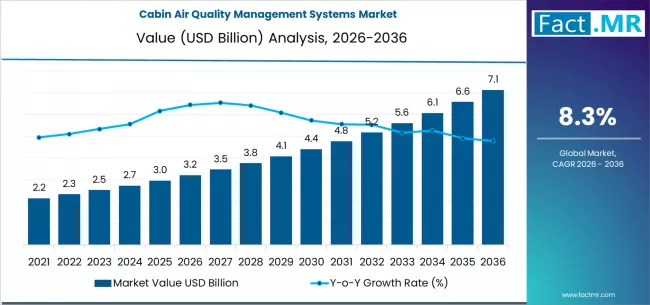





















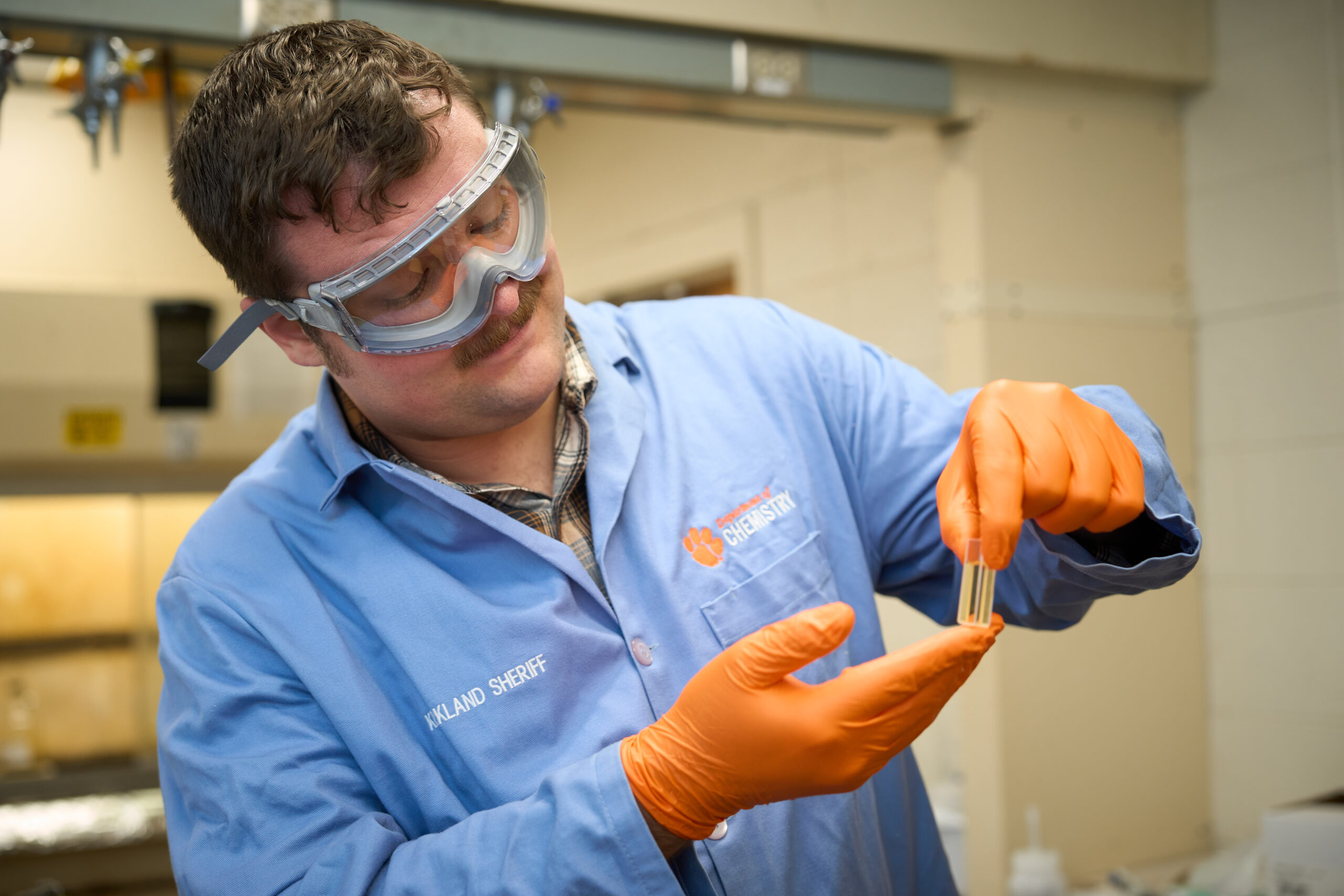



















;Resize=620#)







